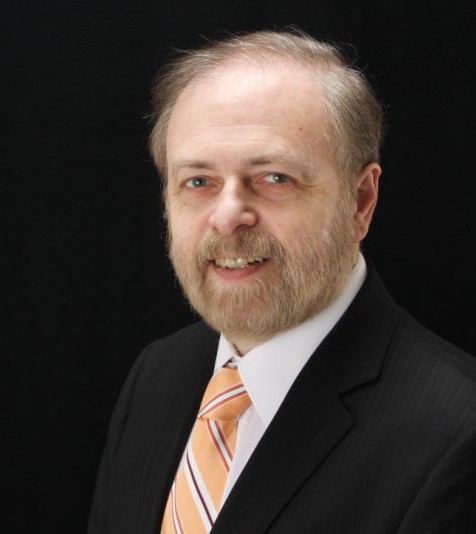By Lu Ann Franklin
Published by The Times of Northwest Indiana – September 3, 2013
The most sacred 10 days in Jewish spiritual life begin at sundown Wednesday, echoing back through history more than 5,500 years and ahead to the future.
Rosh Hashanah, called the Day of Judgment, begins a time of penitence and reflection, said Rabbi Len Zukrow, of Temple Beth-El in Munster. It also marks the beginning of the Jewish New Year, one of four celebrated in the Jewish calendar, which is based on a lunar cycle.
Rabbi Mordecai Levin, of Congregation Beth Israel in Munster, said Rosh Hashanah marks the beginning of a 10-day period of prayer, self-examination and repentance that culminates on Yom Kippur.
Also called the Day of Atonement, Yom Kippur will take place Sept. 14.
“These 10 days are referred to as Yamim Noraim, the Days of Awe, or Aseret Yemei Teshuvah, the Ten Days of Repentance,” Levin said.
“The High Holy Days — as they are frequently called in English — are a time for self-examination, consideration of our ethical responsibilities, resolve to do better and an opportunity to restore relationships with other human beings and with God,” Levin said.
“It is a time for the sometimes difficult process of asking for and granting forgiveness,” he said.
That process of asking for and granting forgiveness is a central part of these holy days, Zukrow said.
“During the 10 days between Rosh Hashanah and Yom Kippur, we are to go to those whom we have wronged, either intentionally or unintentionally, and ask forgiveness,” Zukrow said.
Although more people celebrate Hanukkah, the High Holy Days “are really the focal point for the Jewish community and the Jewish world,” said Rabbi Stanley Halpern, of Temple Israel in Gary.
“There is a very interesting dichotomy. The focus of these days is on God’s forgiveness, but we have to admit that we have not done what is required of us,” Halpern said.
“The issue is that we change. It’s nice to have God’s forgiveness, but nothing important has changed unless we do,” he said.
The lessons often emphasized during this time include treating family and friends well, being kind to others, healing the world and taking care of the environment, Halpern said.
“The Talmud says we don’t have to complete the work because we can’t. But we have to try,” Halpern said. “We are the ones who can change. And we need to work together. That’s why we pray in the plural ‘we.'”
The Book of Life figures prominently in this spiritual period, Zukrow said.
“It is customary in the liturgy to say on Rosh Hashanah, ‘May you be written in the Book,’ and on Yom Kippur to say, ‘May you be sealed in the Book,'” Zukrow said.
After the morning Rosh Hashanah service at Temple Beth-El, congregants will walk across the street to a pond at Hartsfield Village and cast pieces of bread into the water, Zukrow said.
“The bread represents sin,” he said.
For many, the blowing of the shofar — a ram’s horn prepared for use as a musical instrument — is one of the most moving moments of the High Holy Days services, Levin said.
“The shofar is evocative of God’s revelation at Mount Sinai, which was accompanied by the sounding of the shofar. By hearing it again, we are reminded to commit to the teachings of the Hebrew Bible, as our ancestors did,” he said.
“The shofar is like an alarm clock, as if to say: ‘Awake from your slumber, you who have fallen asleep in life, and reflect on your deeds,'” Levin said.
 is the rabbi of Congregation Beth Israel in Munster, IN. He received his rabbinic ordination from the Latin American Rabbinical Seminary, and is a member of the Rabbinical Assembly. In 2010, he was awarded an Honorary Doctorate of Divinity from the Jewish Theological Seminary in New York City for his years of dedicated service to the Conservative movement and the Jewish community...
is the rabbi of Congregation Beth Israel in Munster, IN. He received his rabbinic ordination from the Latin American Rabbinical Seminary, and is a member of the Rabbinical Assembly. In 2010, he was awarded an Honorary Doctorate of Divinity from the Jewish Theological Seminary in New York City for his years of dedicated service to the Conservative movement and the Jewish community...